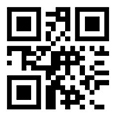
The grand event of kinesiology has come to a successful conclusion! Passionate and exciting, the collision of ideas!
From April 19 to 20,2025, the Myology Specialized Committee of Jiangsu Association of Acupuncture-Moxibustion Professional Committee Academic Exchange Conference was successfully held at the Hanzhong Campus of Nanjing University of Traditional Chinese Medicine! This conference gathered top experts, scholars, and clinicians in the field of musculoskeletal science from across China, with both online and offline participation, making it a true "Huashan Sword Meeting" in the field of musculoskeletal science!
Big data sharing: from theory to clinical practice, all hard core dry goods!
ONE
Day 1: Fu's Subcutaneous Needling (FSN), ultrasound, muscle repair...
These studies are cutting-edge!
The meeting was presided over by Director Shi Juanjuan, secretary general of the Musculology Committee. Many experts brought wonderful reports:
1. Professor Lu Jin deeply interpreted the clinical application of Fu's Subcutaneous Needling therapy under the guidance of myology, and made the audience exclaim Fu's Subcutaneous Needling can be used in this way!"

2. Professor Zhou Liwei (online) shared the application of musculoskeletal ultrasound in myology and showed how to accurately locate problematic muscles with imaging techniques.
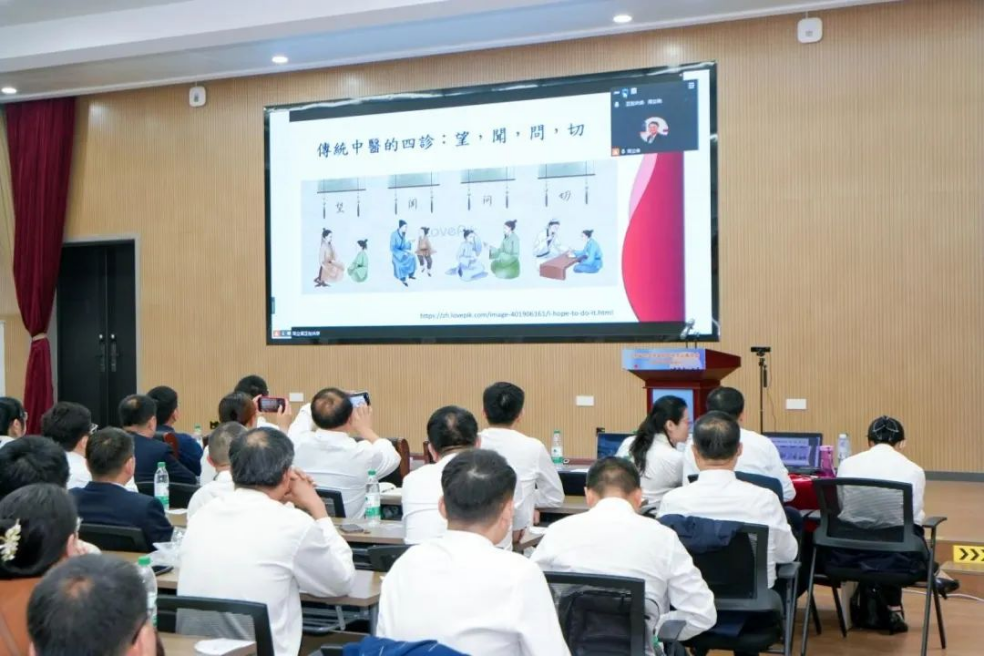
3. Professor Liu Wentao's research is eye-opening —— The scavenger receptor L may be a new target for muscle repair! It may help athletes recover faster in the future!

4. Director Li Changyou focused on adolescent health and discussed the unique advantages of Fu's Subcutaneous Needling treatment for accessory scaphoid syndrome.

5. In particular, Director Ji Shujuan shared the evolution of myo-dynamics thinking through the case study "From Case to Commonality: Cognitive Iteration and Reflection in the Diagnosis and Treatment of Three Patients", which showed the evolution of myo-dynamics thinking with vivid clinical cases, and inspired the participants.

6. In addition, Professor Wang Zheng (online) talked about muscle science from the perspective of orthopedics, Professor Mu Yanyun introduced the quantitative method of muscle detection, and Professor Sun Jian (online) was even more imaginative, analyzing the relationship between muscles and viscera, which provided a new idea for Fu's Subcutaneous Needling treatment of gynecological diseases!
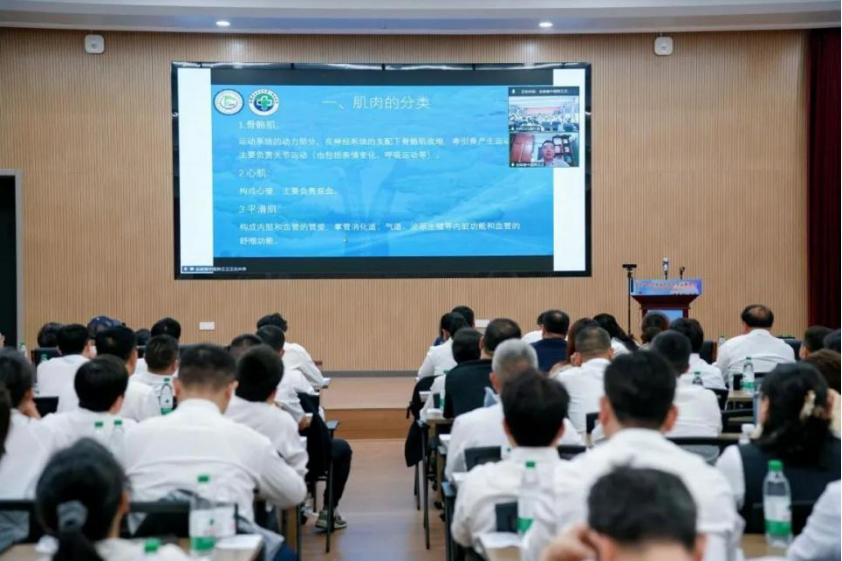
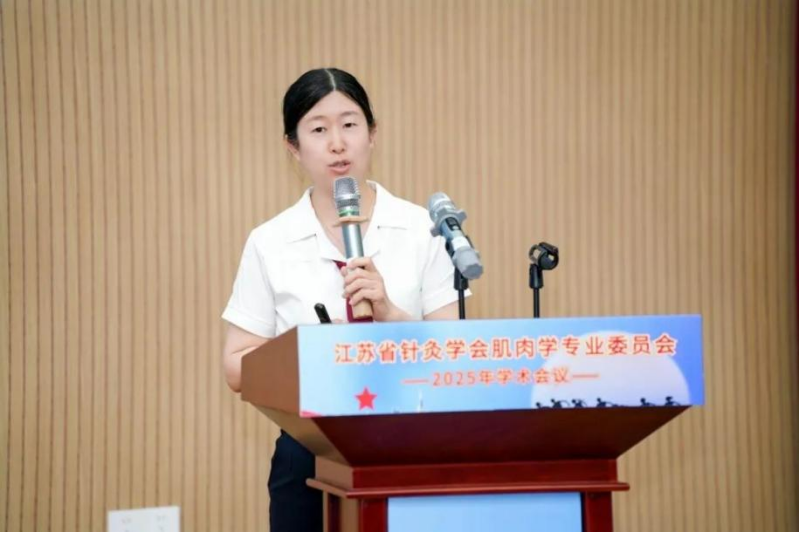
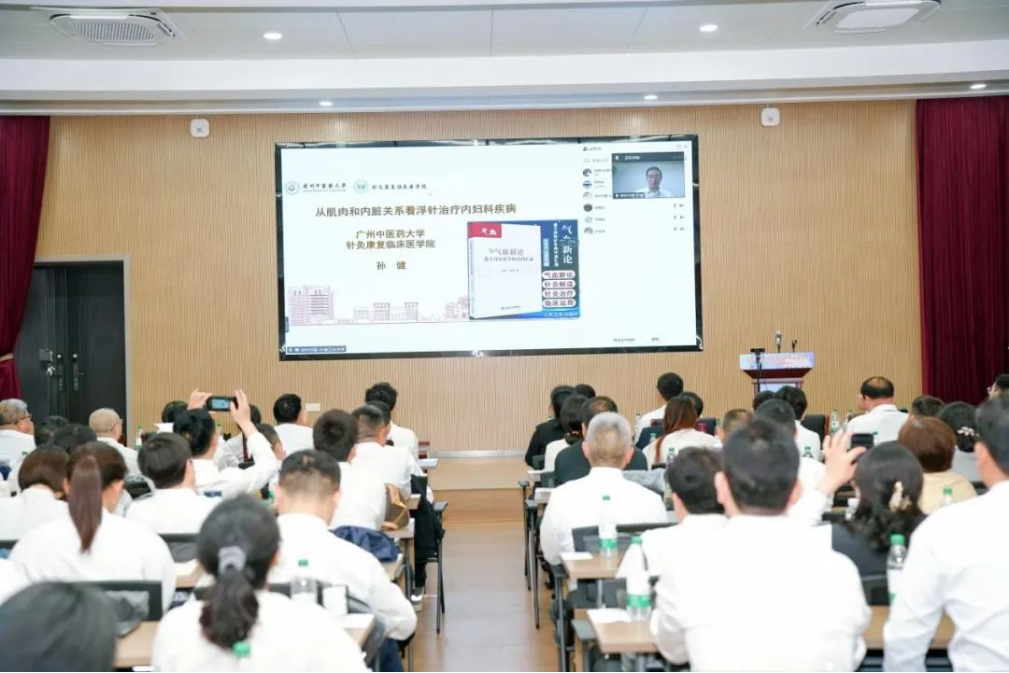
7. Professor Zhang Jianbin's speech "The Wisdom of Traditional Chinese Medicine Human Body Cognition beyond Anatomy" brought the conference to a climax. Starting from the holistic view of Traditional Chinese medicine, he proposed a new paradigm of muscle cognition that breaks through the limitations of traditional anatomy, providing innovative ideas for the combination of Traditional Chinese and Western medicine treatment.

TWO
The next day: from heart to rhinitis,
Can kinesiology cure these diseases?
The next day's meeting was chaired by Professor Mu Yanyun, deputy director of the special committee. The topic was more clinical:
1. Director Wang Xiaoxin shared her emotional journey of treating patients with Fu's Subcutaneous Needling, which made the doctors present deeply resonate.

2. The course on muscle anatomy by Mr.Guo Zhenyu (online) is full of useful information and can be called a "textbook level explanation of muscle science".
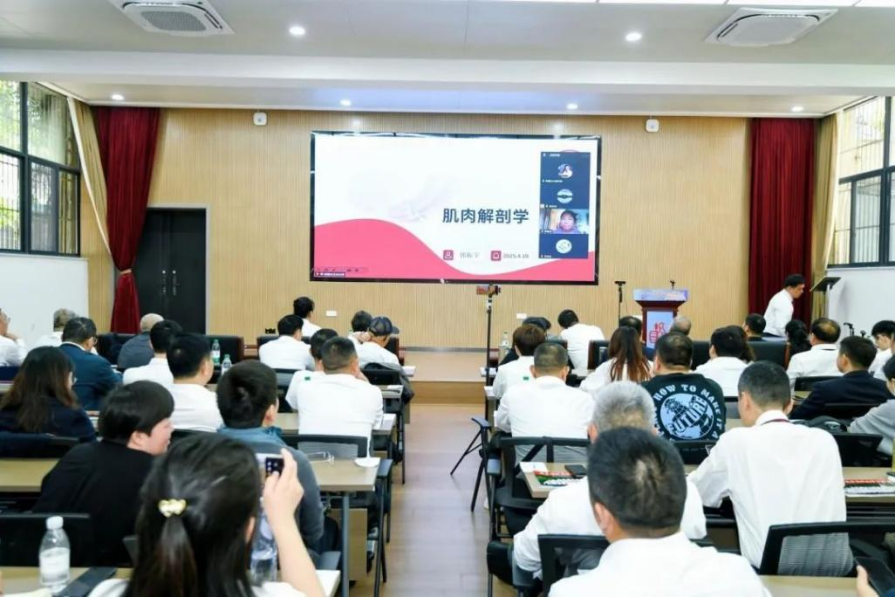
3. The experience of Director Gao Youling in the treatment of post-herpetic pain has made many grassroots doctors exclaim "I have learned it!"
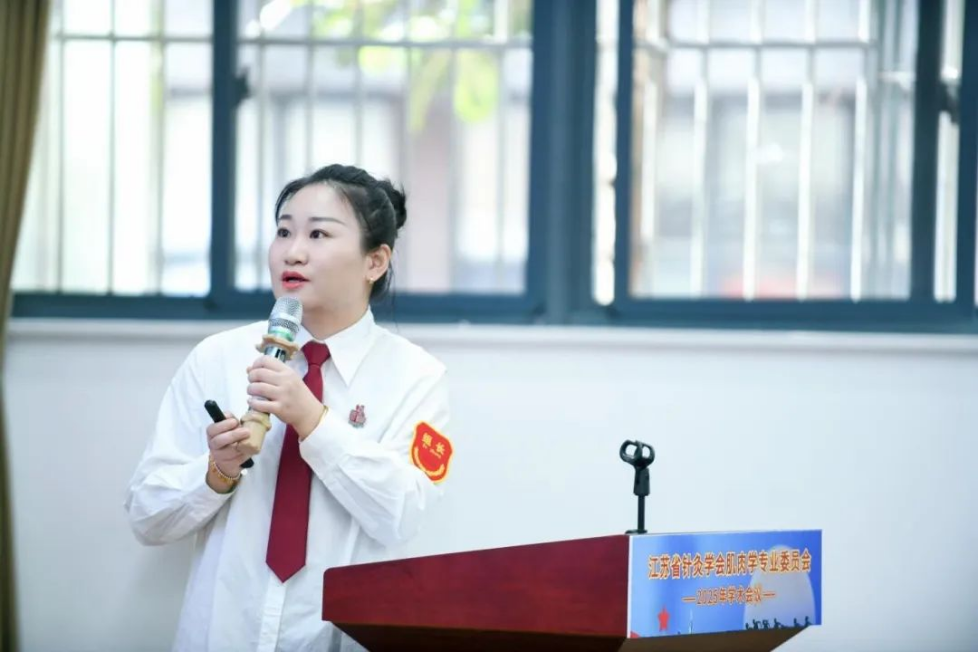
4. Director Li Yazun (online) reinterpreted the treatment of rhinitis from the perspective of myology. It turned out that muscle tension might be a hidden cause of rhinitis!
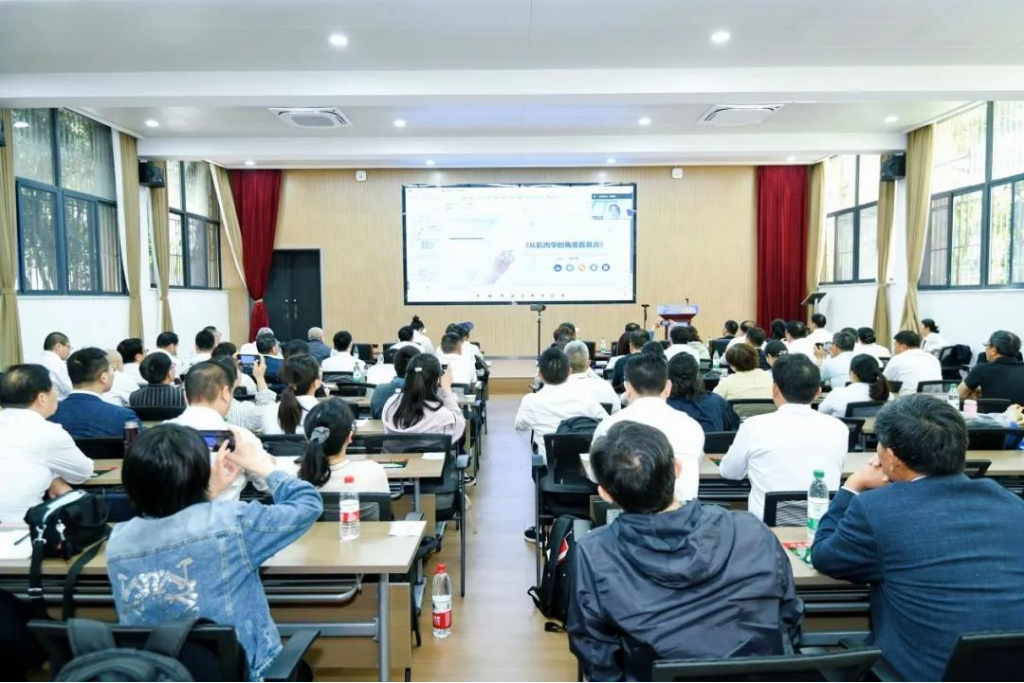
5. Director Zhang Guolin's speech "Muscle Science from the Perspective of Anesthesiologist" was unique and ingenious. From the professional perspective of anesthesiology, he analyzed the relationship between muscle tension change and pain conduction, which provided a new idea for clinical pain management, and received warm response on the scene.
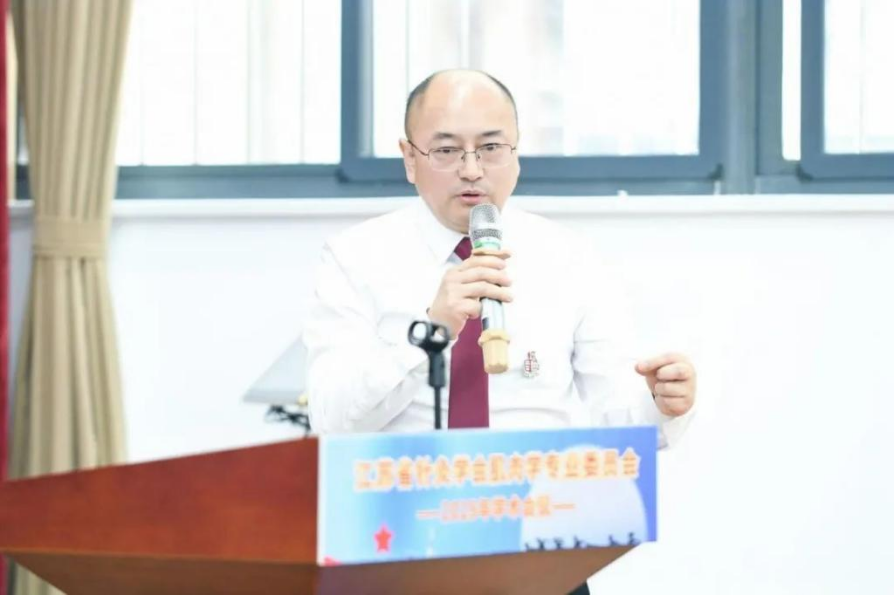
6. The speech "Clinical Ideas of Fu's Subcutaneous Needling Technology in the Treatment of Rotator cuff Injury" delivered by Director Ma Kunlong (online) systematically expounded the innovative application of floating needle in the treatment of rotator cuff injury, and showed exciting therapeutic effects through detailed clinical data, providing a new choice for the rehabilitation of sports injuries.

7. Professor Wu Shihua's presentation on "The Application of Balance Therapy in Lower Back and Leg Pain" showcased the unique advantages of balance therapy through numerous clinical cases, offering new insights into chronic pain treatment. Professor Gan Xiulun (online)' s lecture on "Understanding the New Theory of Qi and Blood" reinterpreted the relationship between qi and blood circulation and muscle function from the perspective of traditional Chinese medicine theory, sparking enthusiastic discussions both online and offline.
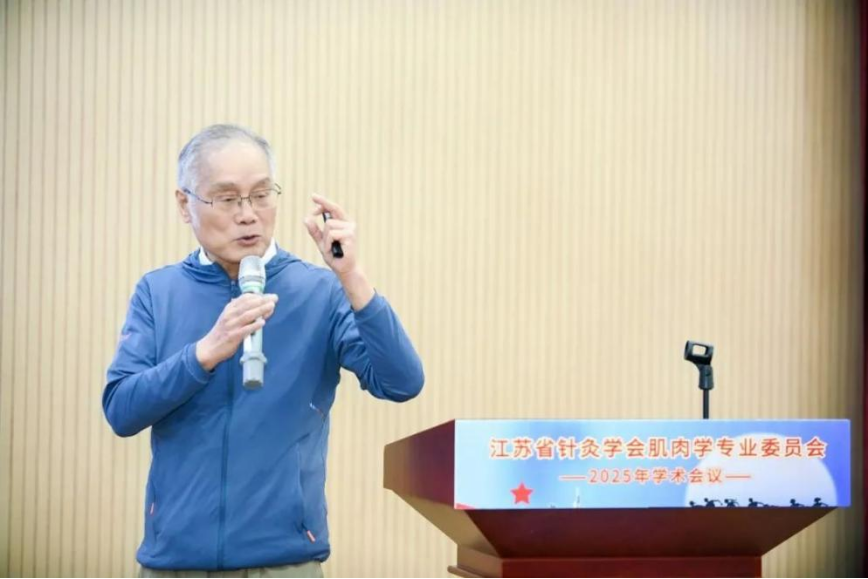
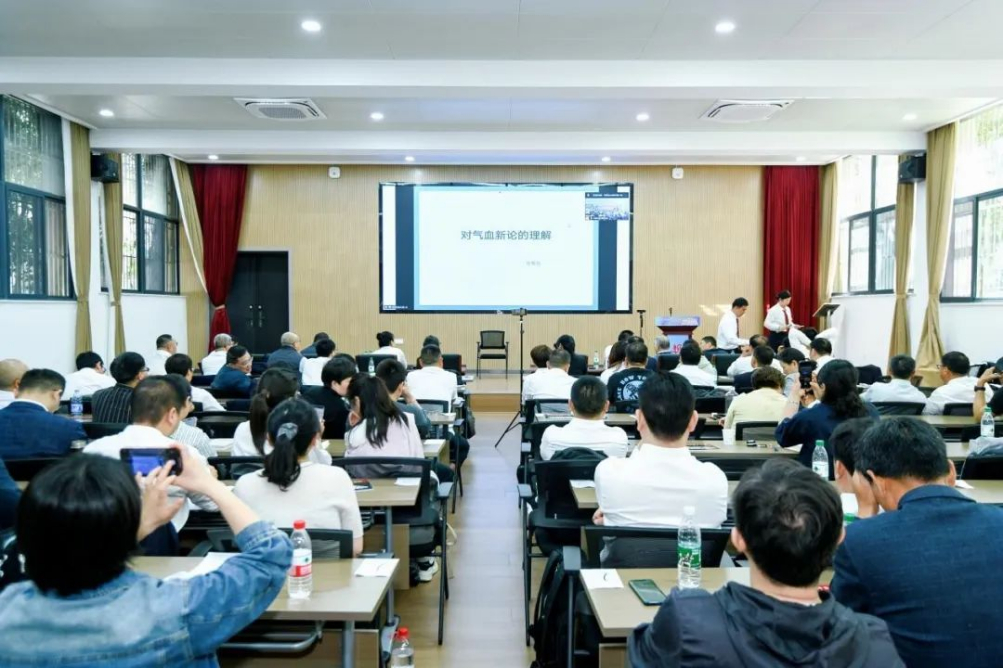
8. Finally, Dr. Fu Zhonghua made a final appearance and systematically reviewed the "Ten Relationships of Musculology (Nanjing Edition)", which brought the conference to a successful conclusion.


THREE
Future prospects: Where will Musculology go?
This conference is not only an academic exchange, but also allows us to see the infinite possibilities of muscle science! In the future, muscle science may make breakthroughs in the following directions:
1. More accurate diagnosis: Techniques such as musculoskeletal ultrasound and AI muscle detection will help doctors pinpoint problems more accurately.
2. Wider range of treatment: From pain management to visceral diseases, the application scenarios of myology will become more and more widespread.
3. More widespread clinical promotion: many therapeutic techniques of myology are expected to enter more primary hospitals and benefit more patients.
4. Deeper integration of Chinese and Western medicine: the holistic view of Traditional Chinese medicine and modern anatomy will produce more innovative sparks.
5. More personalized treatment plan: combining qi and blood theory with balance therapy to provide customized treatment plan for patients.
6. More professional sports rehabilitation: develop more effective rehabilitation programs for sports injuries such as rotator cuff injuries.
7. More systematic pain management: integrate the perspective of anesthesiology and establish a more perfect pain diagnosis and treatment system.
FOUR
epilogue
This academic feast allows us to see the vigorous vitality of muscle science! Whether it is researchers, doctors, or ordinary people concerned about health, they can get inspiration from it. Muscle science has a promising future!
Are you interested in kinesiology? Which expert's research do you want to know best? Please leave a comment!




